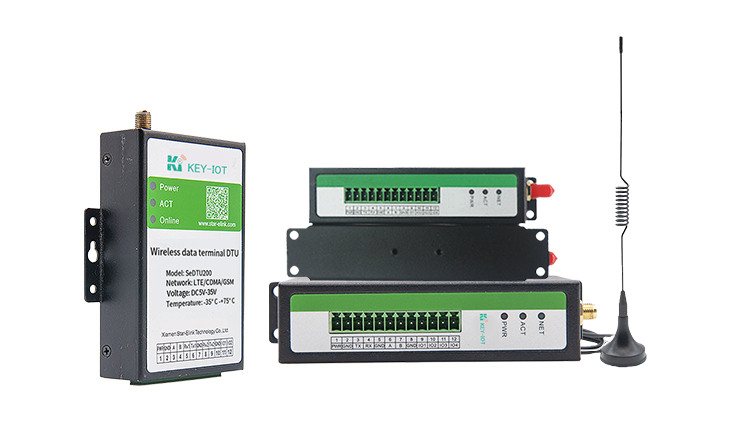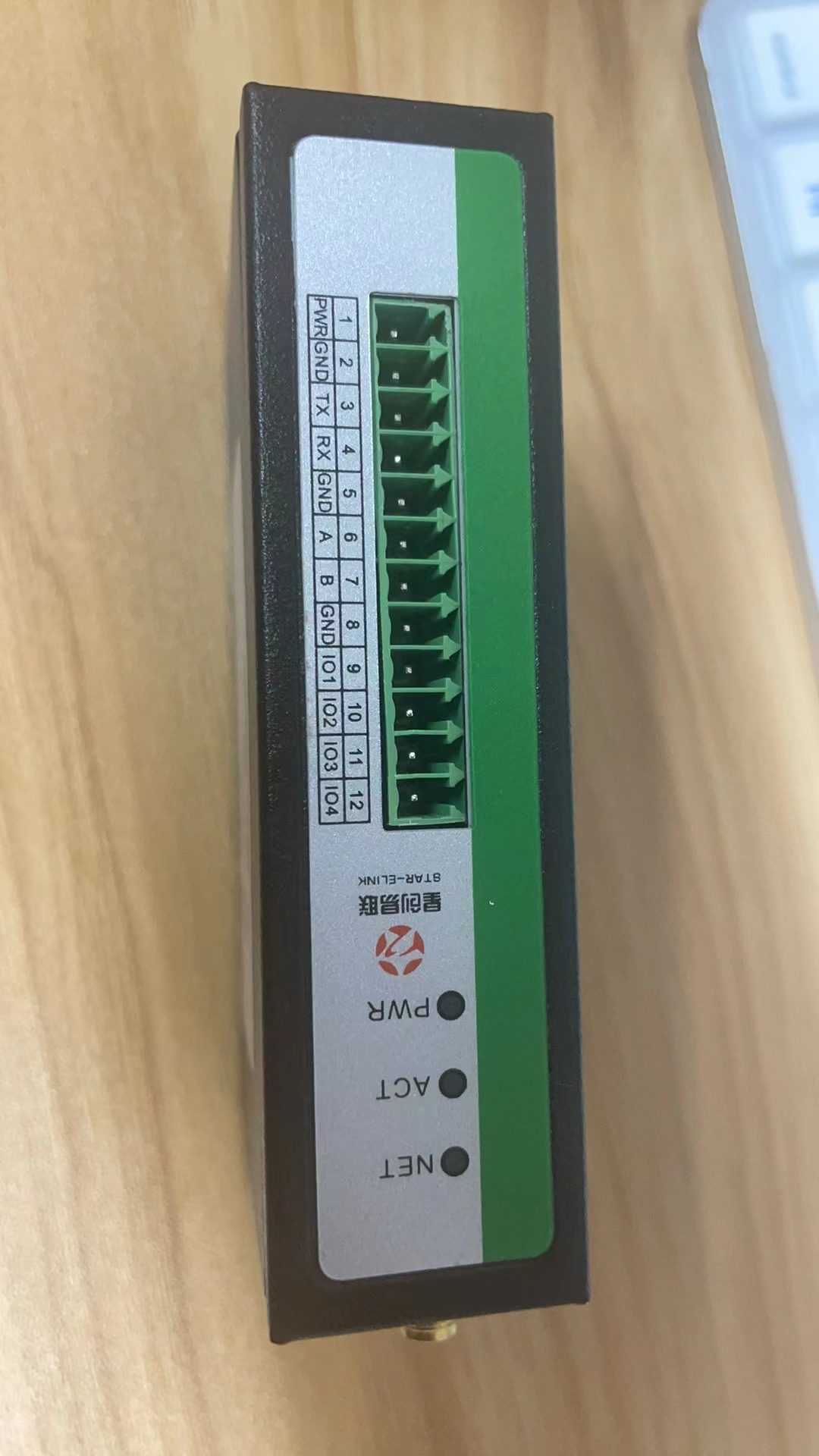In the fast-paced world of wireless communication, LTE Modem 4G devices have become increasingly popular for their ability to provide reliable and high-speed data transfer and GPS functionality. One of the critical components of these devices is the antenna interface, which plays a crucial role in ensuring optimal signal reception and transmission. In this article, we will delve into the mysteries of LTE Modem 4G’s SMA antenna interfaces and explore their significance in the overall performance of the device.

LTE Modem 4G’s SMA Antenna
What is an SMA Antenna Interface?
SMA, or SubMiniature version A, is a common type of RF connector used in various wireless applications. LTE Modem 4G devices typically feature SMA female interfaces for connecting external antennas. These interfaces are designed to provide a secure and reliable connection between the antenna and the modem, ensuring minimal signal loss and maximum performance.
The Importance of Antenna Interfaces in LTE Modem 4G
Antenna interfaces play a vital role in the performance of LTE Modem 4G devices. A well-designed and properly connected antenna interface ensures that the device can receive and transmit signals effectively, resulting in better coverage, higher data speeds, and improved reliability. On the other hand, a poorly designed or connected interface can lead to signal attenuation, resulting in reduced performance and even connection dropouts.
Cellular and GPS Antenna Interfaces in LTE Modem 4G
LTE Modem 4G devices often come equipped with two separate SMA interfaces – one for the cellular antenna and another for the GPS antenna. The cellular antenna interface is responsible for transmitting and receiving data over the mobile network, while the GPS antenna interface is used to receive signals from GPS satellites for location tracking purposes. Having dedicated interfaces for each function ensures optimal performance for both data transfer and GPS functionality.
Understanding Antenna Impedance and Matching
One of the critical aspects of antenna interfaces in LTE Modem 4G devices is impedance matching. The impedance of an antenna interface refers to its resistance to the flow of electrical signals. For optimal performance, the impedance of the antenna should match that of the interface on the LTE Modem 4G device. Most LTE Modem 4G devices feature 50-ohm SMA interfaces, which require a 50-ohm antenna for proper impedance matching. Mismatched impedances can lead to signal reflections, resulting in reduced performance and even damage to the device.
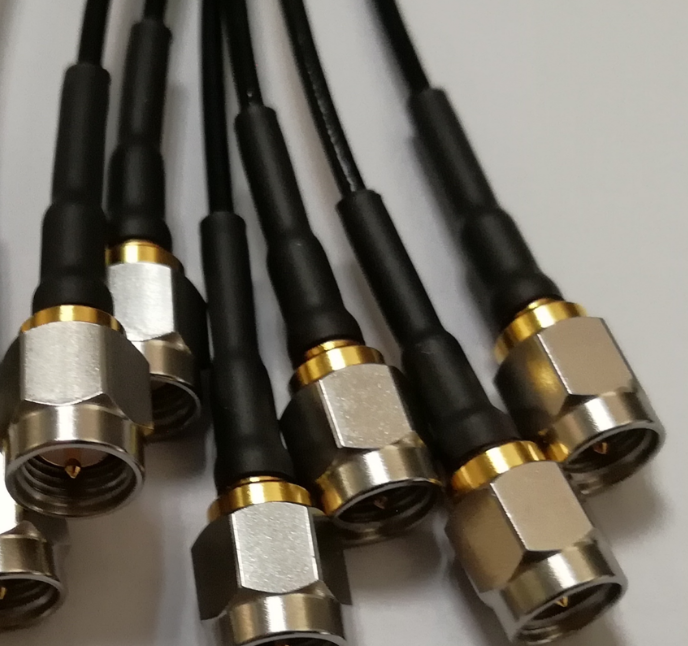
Choosing the Right Antenna for Your LTE Modem 4G
When selecting an antenna for your LTE Modem 4G device, it is essential to choose one that is compatible with the device’s SMA interface and designed for the specific frequency bands used by the modem. LTE Modem 4G devices can support a wide range of frequency bands, depending on the cellular technology and the region of operation. Some common frequency bands used by LTE Modem 4G devices include:
– GSM 850/900/1800/1900 MHz
– UMTS/WCDMA/HSDPA/HSUPA/HSPA+ 850/900/1900/2100 MHz
– LTE FDD 700/800/850/900/1700/1800/1900/2100/2600 MHz
– LTE TDD 1900/2300/2600 MHz
It is crucial to choose an antenna that can operate efficiently in the desired frequency bands to ensure optimal performance of your LTE Modem 4G device.
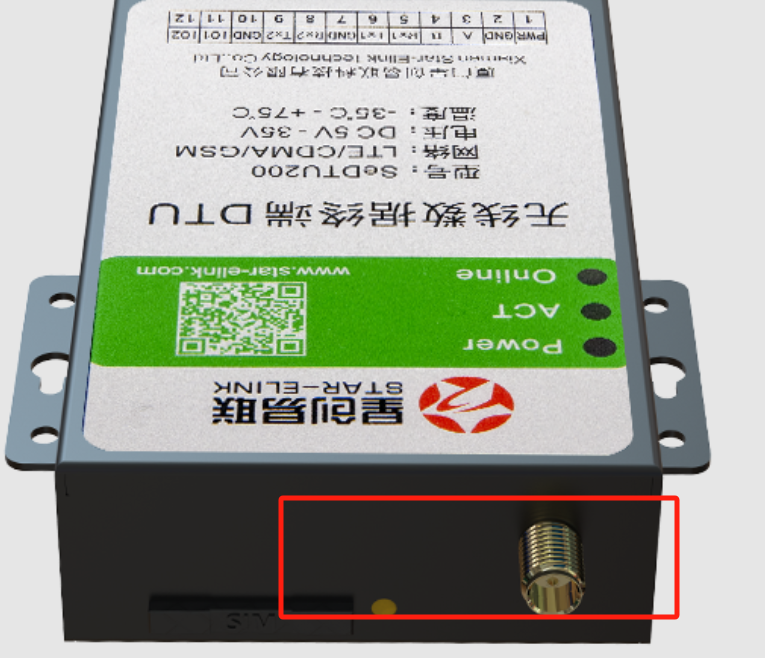
Proper Installation and Positioning of Antennas
In addition to choosing the right antenna, proper installation and positioning are crucial for achieving the best performance from your LTE Modem 4G device. Antennas should be mounted securely and positioned in a way that minimizes obstructions and interference. For cellular antennas, it is generally recommended to mount them vertically and in an area with a clear view of the sky. GPS antennas, on the other hand, should be positioned horizontally with a clear view of the sky to ensure optimal satellite signal reception.
Lightning Protection for LTE Modem 4G Antenna Interfaces
Given the sensitive nature of electronic devices, it is essential to protect LTE Modem 4G antenna interfaces from potential damage caused by lightning strikes or other electrical surges. Many LTE Modem 4G devices offer optional lightning protection for their SMA interfaces, which can help safeguard the device and its components from damage. Lightning protection typically involves the use of surge suppressors or gas discharge tubes that can divert the excess energy from a lightning strike away from the sensitive electronic components.
SMA antenna interfaces play a critical role in the performance and reliability of LTE Modem 4G devices. By understanding the importance of these interfaces, choosing the right antennas, and ensuring proper installation and positioning, users can unlock the full potential of their LTE Modem 4G devices and enjoy optimal data transfer and GPS functionality. As the demand for reliable and high-speed wireless communication continues to grow, the significance of antenna interfaces in LTE Modem 4G devices cannot be overstated.
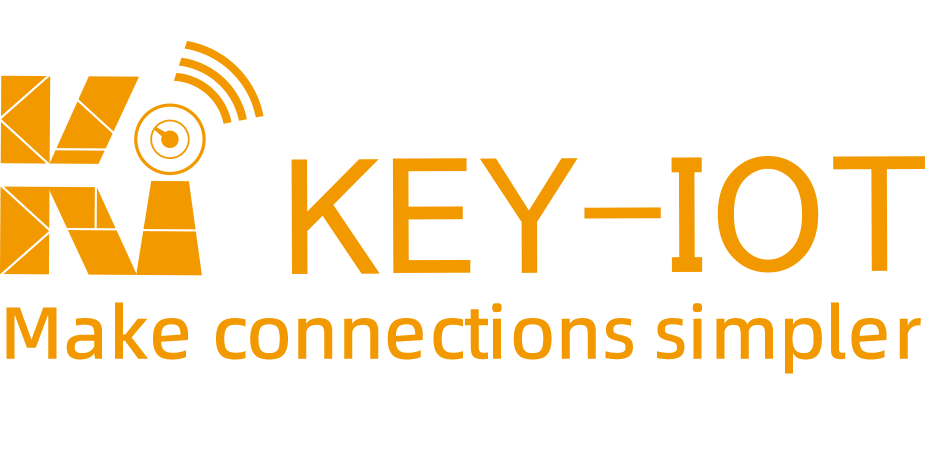 KEY-IOT
KEY-IOT



